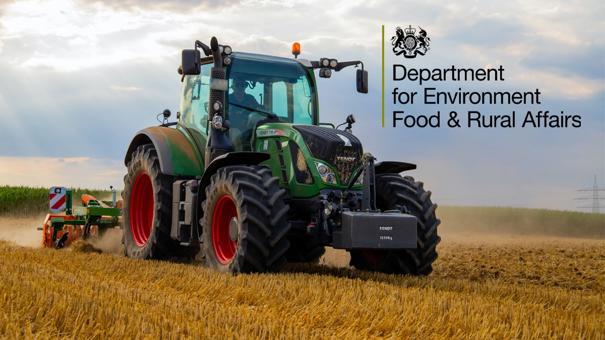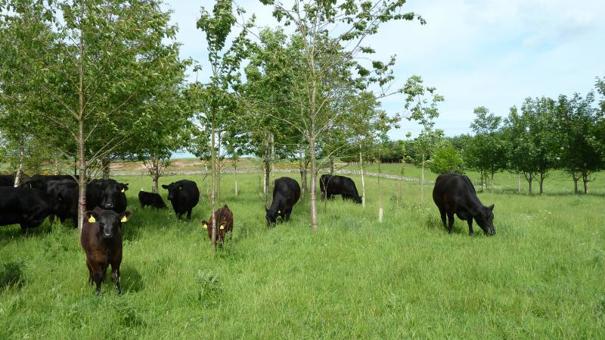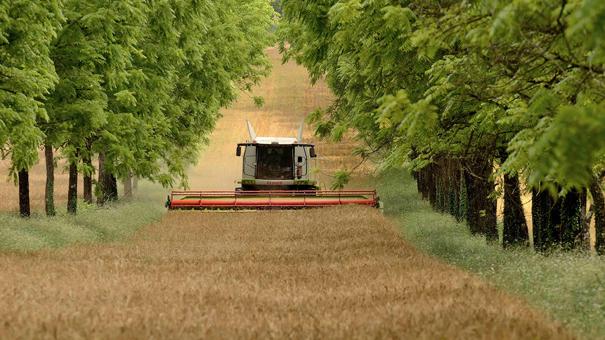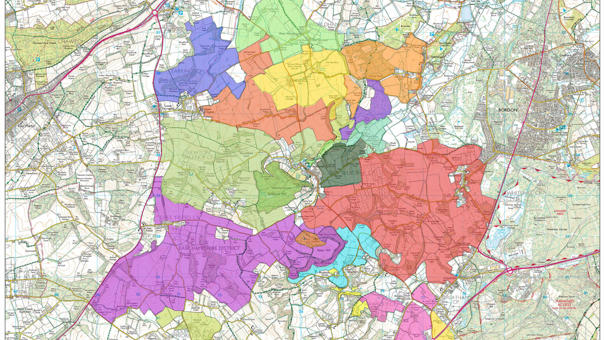Defra is part way through a huge reform of the UK’s farming policy aiming to make farming and land management more sustainable – environmentally and commercially.
Its plan for doing this, the Agricultural Transition Plan, was updated earlier this year. The update contains a raft of improvements to make the various rules and schemes easier for farmers.
The plan’s aims include universal adoption of new farming regulatory standards by 2028 and at least 70% of farmers and land managers combining food production with environmental land management actions, on at least 70% of farmed land, in order to meet UK net zero and '30 by 30' commitments.
A major part of the plan is the Sustainable Farming Incentive (SFI). Since 2021, more than 800 farmers in England have been testing a pilot version of SFI that runs until 2025, delivering 10,000 actions on their land. The breadth of farm and land types in the pilot has allowed the real-world impact of the scheme’s actions to be tested in different contexts. The main feedback is that the new schemes needed to become more workable and financially attractive.

Defra has announced improvements to payment rates, which it says will be fairer and better timed, make conservation actions more flexible and workable in a wide range of conditions, will streamline their services to farmers, and make regulations clear and more meaningful.
Many farmers found difficulties with cash-flow when they entered the SFI. The way cashflow worked in these schemes has acted as a barrier to entry, particularly for smaller and tenant farmers. Defra has introduced more frequent payments to make them work better for farm businesses. SFI offers payments on a quarterly schedule, so that farmers start getting paid in the fourth month of their agreement, and every 3 months after that.

New agroforestry, woodland and tree schemes have also now been added. Agroforestry is tree planting that is deliberately combined with food production on the same land. Research has shown that this practice helps to reduce soil erosion, improve water and air quality, provide shelter for livestock and crops, reduce flood risk, increase food, fuel or timber production potential, increase biodiversity, capture and store carbon and improve climate change resilience.
Through these actions, Defra wants farmers and land managers to consider planting more trees and to manage more of our woodlands. The agroforestry actions are a vital part of our work to meet our net zero, biodiversity and environmental objectives. These actions have been designed to appeal to the widest range of farmers and are applicable on the widest range of land types.

There are two main types of in-field forestry:
- Silvoarable: trees are planted at wide spacings and intercropped with a cereal, horticultural or other crops (crops are grown in the space between the tree rows)
- Silvopastoral: trees are combined with forage (plants eaten by livestock) grassland and livestock production
These relatively low tree density actions enable agroforestry to be carried out on un-designated land without the need for an Environmental Impact Assessment. This will support land managers who want to do a basic level of tree planting with a small number of trees on the land they farm and makes agroforestry accessible to tenant farmers. These new agroforestry actions provide land managers with more flexibility and more ways to integrate trees on their land, including hedgerow, wood pasture and parkland, and traditional orchard.
Defra continues to support woodland creation including riparian (riverside) planting, to help protect our rivers. Further improvements have been made to the existing offer for trees and woodland within Countryside Stewardship. These include reducing the minimum area from 3ha to 0.5ha, increasing payment rates, and by making it simpler and more flexible.

Progress in nature recovery is happening all over our area, from The Selborne Landscape Partnership, which comprises 46 farms surrounding Selborne and north to Alton and Holybourne, to the nature recovery 'corridor' just over the border in West Sussex, known as Weald to Waves. This project, led by Knepp Estate, defines a wildlife corridor stretching from Ashdown Forest in the far north of the county, to the coast at Littlehampton. The relatively new South Downs Farm Cluster is working with Portsmouth Water on environmental schemes from Hambledon to the Meons.
Defra's Tests and Trials works with farmers and land managers to support the development of the environmental land management schemes (ELMS). Since its inception in 2018, Defra has contracted with 130 Tests and Trials and worked with over 7,000 farmers on nature recovery.
More updates can be found on Defra’s blog.
